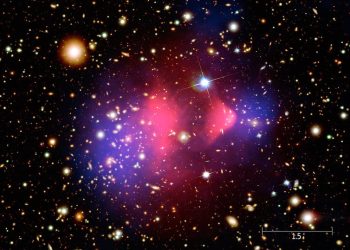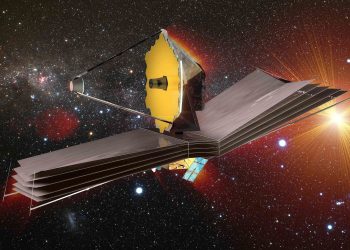Astronomers have unveiled compelling research suggesting that nearly a third of Sun-like stars might bear the remnants of once-thriving rocky planets. Using advanced techniques to analyze the chemical composition of stars, scientists are piecing together how these celestial objects have absorbed planetary materials, creating unique “metallic fingerprints.” This discovery has profound implications for understanding the dynamic and violent processes within planetary systems.
Stellar Siblings and Unexpected Metallic Disparities
Stars born within the same giant molecular cloud (GMC) are often referred to as co-natal stars. Despite originating from the same environment, their metallic content—elements heavier than helium—should typically be very similar. However, recent studies show pronounced disparities in the metallicity of some sibling stars. Researchers believe the engulfment of rocky planets could be the explanation behind these differences.
The Culprits: Ultra-Short-Period Planets
The new study, led by Christopher E. O’Connor of Northwestern University and Dong Lai of Cornell University, focuses on ultra-short-period (USP) planets. These planets, often less than twice the size of Earth, orbit their stars in a matter of hours. Because of their extreme proximity, these planets are exposed to intense stellar radiation, causing their surfaces to melt and making them prime candidates for stellar engulfment.
USP planets are rare, with only about 0.5% of Sun-like stars hosting them. Yet, they could represent a significant source of metallic “pollution” in stars. The researchers estimate that 3–30% of co-natal stars have consumed rocky planets weighing between one and ten Earth masses.
How Planets Get Swallowed
Several mechanisms can lead to planetary engulfment. The study highlights three primary scenarios:
- Low-Eccentricity Migration: Planets gradually spiral inward due to tidal forces, eventually being consumed by their host star.
- High-Eccentricity Migration: Gravitational interactions push a planet into a highly elliptical orbit, which then decays into a circular trajectory near the star.
- Obliquity-Driven Migration: A neighboring planet influences the USP’s orbit, causing it to migrate inward until it is engulfed.
The researchers’ models suggest that the low-eccentricity migration scenario is the most likely explanation, as it aligns with observed occurrences of USPs and metallic pollution.
A Glimpse Into Stellar History
The research also sheds light on the timeline of these events. According to the models, most USP planets are engulfed between 100 million and 1 billion years after their formation. This process can leave behind chemical signatures detectable in the stars’ atmospheres. However, these metallic traces may fade over time as heavy elements sink into the star’s interior, suggesting that many polluted stars could remain undetected.
Caveats and Open Questions
While the study offers strong evidence linking USPs to stellar pollution, several uncertainties remain:
- Fading Signatures: Over time, metallic pollution becomes less detectable, potentially underestimating the number of stars that have engulfed planets.
- Violent Planetary Scattering: Collisions and gravitational interactions among planets could also lead to engulfment, albeit at a lower rate.
- Hot Jupiters: These massive gas giants orbiting close to their stars might also contribute to pollution. However, their hydrogen-helium composition could dilute the metallic signature, complicating detection.
The Bigger Picture
This research is part of a broader effort to unravel the chaotic processes shaping planetary systems. By identifying polluted stars and studying their chemical profiles, astronomers gain insights into the lifecycle of planets and the environments in which they form. The findings also provide a new lens for studying exoplanetary systems and their evolution.
The authors conclude that polluted Sun-like stars are likely to host compact, multi-planet systems, offering an exciting avenue for future research. They also emphasize the need for further exploration of Hot Jupiters and other mechanisms that might contribute to stellar pollution.











